You have already added that item to your appointment.
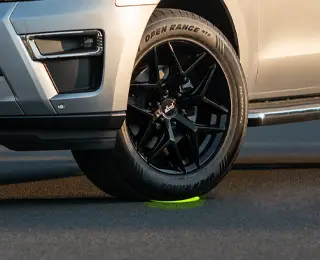
You have already added that item to your appointment.
The contact patch is literally where the rubber of your tires meets the road. These small rectangular areas are, without a doubt, vital for your driving safety and vehicle performance. While some tires have wider contact patches and others have narrower options, each has advantages when it comes to comfort, fuel and range efficiency, as well as seasonal traction. The professionals at Les Schwab have some tips to help you understand the importance of the contact patch and how to maximize yours with proper inflation, annual alignment checks, and tire rotations.
Schedule a Free Tire Check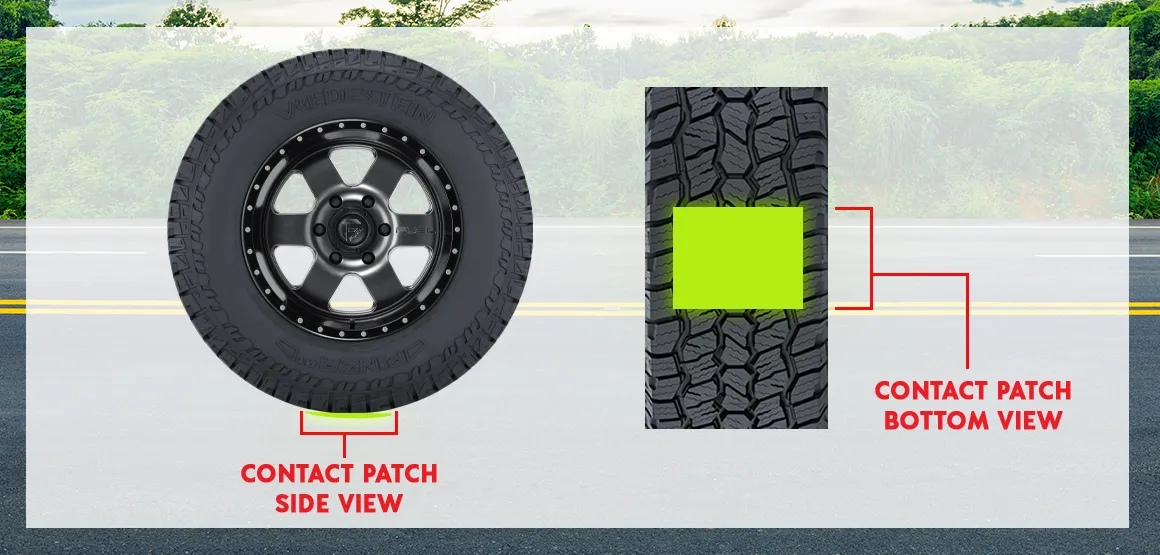
As your tires roll, the contact patch is the area where the tread makes contact with the road surface. Those contact patches impact how well your vehicle corners, accelerates, stops, and handles. Those areas also impact your miles-per-gallon or range and how long your tires last. Tire inflation and tire wear, as well as the weight of your vehicle, can affect the efficiency of each contact patch.
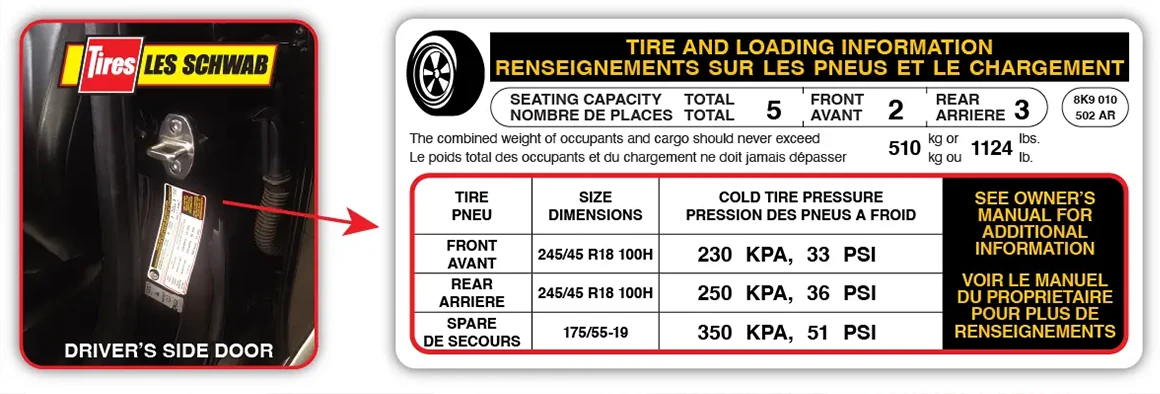
Proper tire pressure helps maximize the efficiency of the contact patch. By maintaining proper air pressure, you can get the most life out of your tires, while also helping those tires fulfill their purpose as seasonal traction devices and performance enhancers. Please note: The proper air pressure for your vehicle isn’t found on the tire’s sidewall. Instead, you’ll find that information on the driver’s side door placard.
Underinflating your tires can cause the contact patch to be wider than designed. This can increase the rolling resistance, reduce the lifespan of the tire, impact the load carrying capacity, reduce fuel or range efficiency, and decrease overall handling. If you’re hauling a lot of weight or your vehicle is packed with people, the weight on the tires can also impact the contact patch when the tires are underinflated.
Tires that are overinflated can narrow the contact patch, leading to a stiff ride, poor handling, and irregular tire wear.
Cold temperatures can reduce the air pressure in your tires, while warm temperatures can increase pressure slightly. Get your tire air pressure checked at Les Schwab.
The load and speed rating for a tire can affect the overall shape of the contact patch. The load rating indicates how much weight a tire can support with proper inflation. The higher the load rating, the better it can maintain the proper contact patch under heavy loads. Additionally, the speed rating, given to a tire based on the construction of the tire and its ability to resist heat buildup, can affect the contact patch at high speeds.
Essentially, with proper air pressure, the load index and speed rating for nearly any tire can be properly maintained, adding up to optimal performance and tire life.
A tire’s profile (sidewall height) and tread design impact the performance of that tire. They can also impact the tire’s contact patch, helping with traction in the rain, snow, ice, rocks, gravel, and pavement.
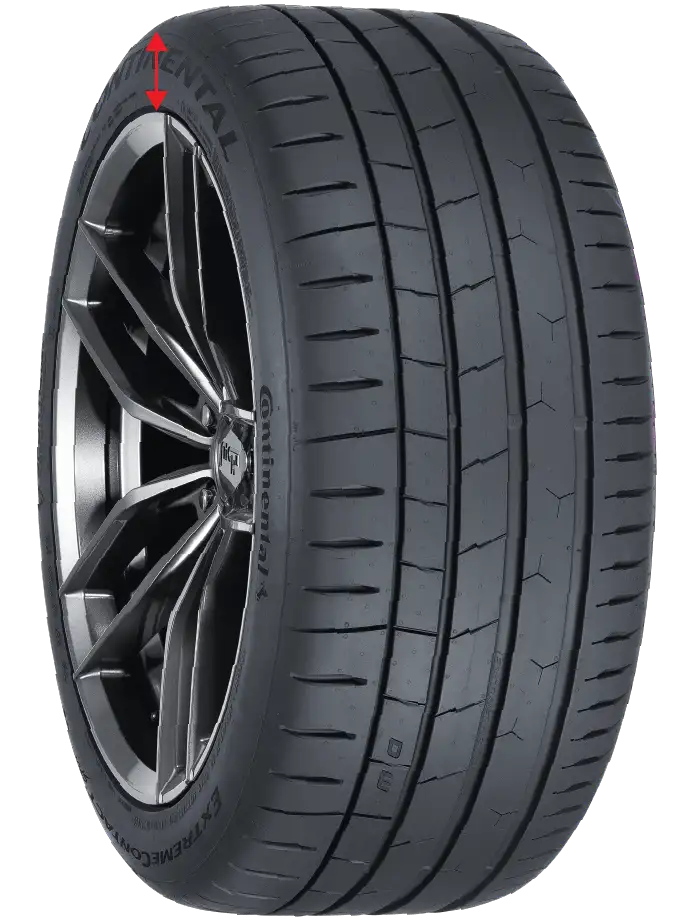
Low-profile tires are often designed for improved handling and responsiveness thanks to less sidewall flex. These tires often have a wider, larger contact patch overall. Plus, that low profile can give most vehicles a sportier look. However, a shorter sidewall can also lead to a harsher ride, more road noise, and an increased possibility of rim and tire damage from potholes and other road hazards.
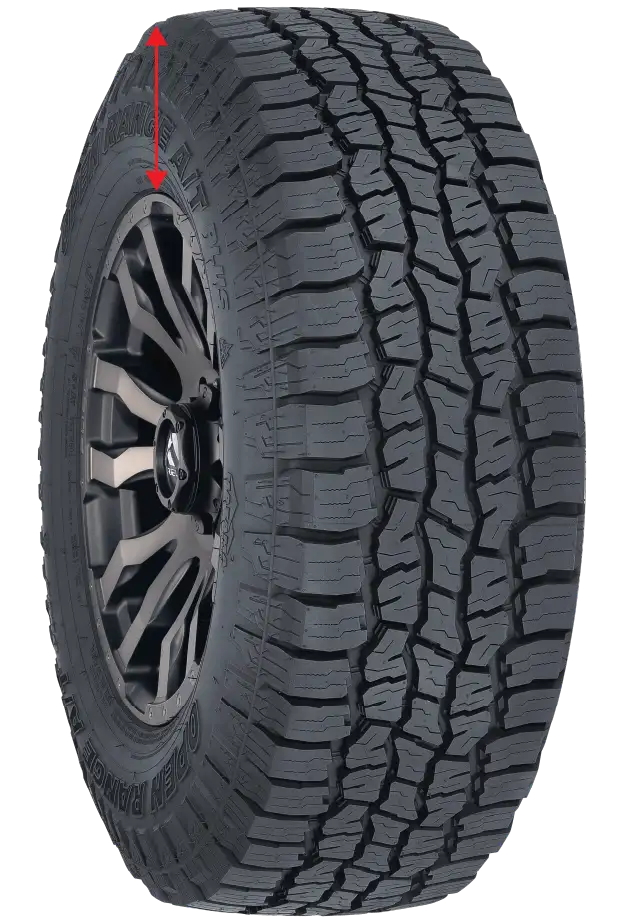
The taller sidewalls on high-profile tires can cause the contact patch to spread or decrease with improper air pressure. But as long as you keep those tires properly inflated, higher-profile tires are great for comfort, off-roading, towing, and overall durability. Plus, some options can give your vehicle a more rugged appearance.
A staggered fitment, where wider tires are installed on the rear of a vehicle and narrower tires on the front, can give some performance vehicles a boost. This option will not impact the contact patch as long as you keep all four tires properly inflated.
The contact patch on each of your tires is affected by your vehicle alignment, wheel and tire balance, and how often you get your tires rotated.
The contact patch on your tires affects braking, performance, comfort, as well as wet and winter weather traction. Narrower tires equal a smaller contact patch, which can help with fuel efficiency and range. The bigger contact patch, in conjunction with the right tread design, can improve traction in certain road conditions. However, a larger patch can also increase the rolling resistance of your tires, causing a reduction in MPG and range. The trade-offs are real, and the professionals at Les Schwab are here to answer all your questions about contact patches, proper tire inflation, and seasonal tire options.
Book Your Appointment